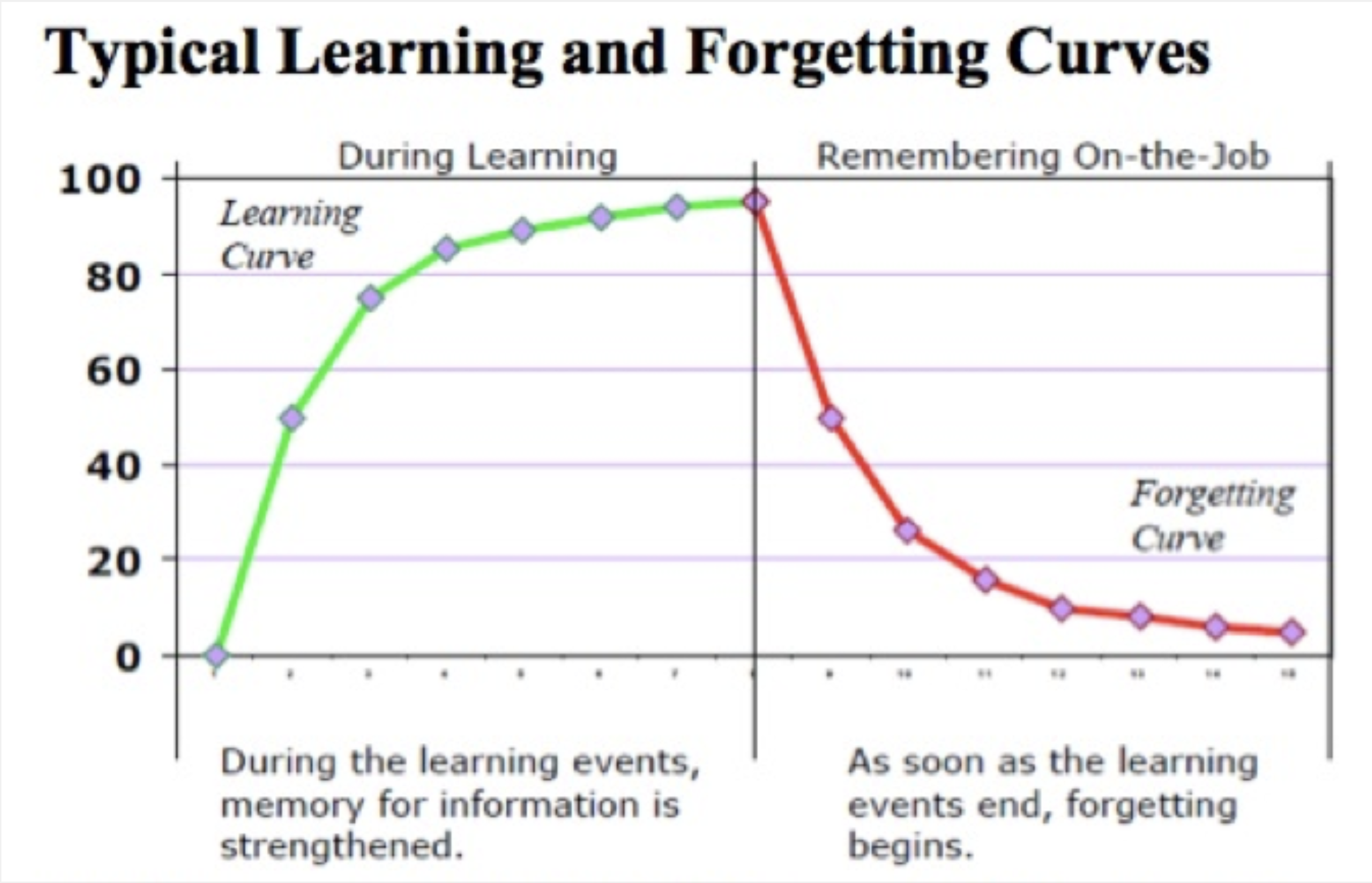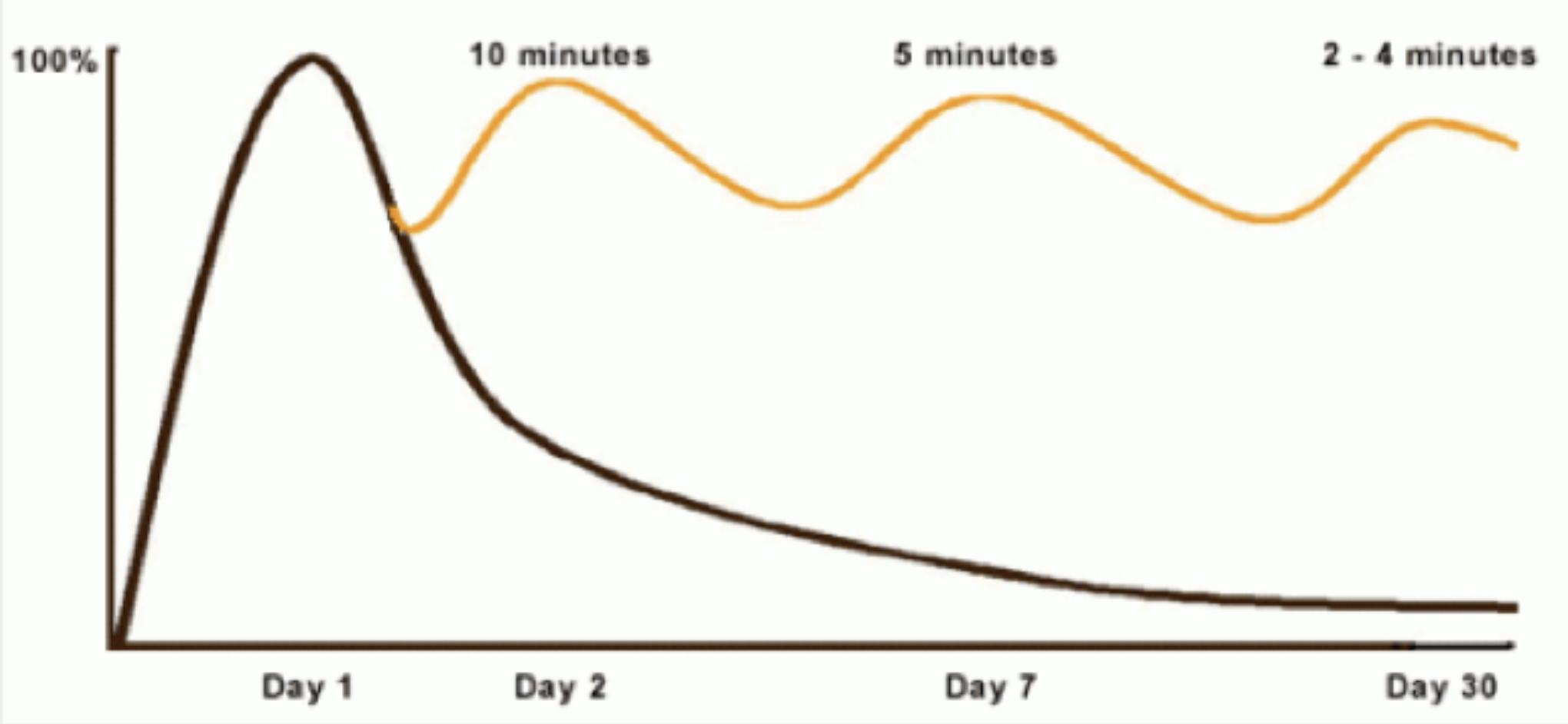Module 2 - Section 1
Introduction
For most of us, the most common experience of formal learning was sitting in a classroom, of one type or another, with someone at the front delivering content for us to store away for future use
“adding technology without altering pedagogy is not a solution.”
Diana Oblinger & Brian Hawkins
“The Myth about No Significant Difference” EDUCAUSE 2006
For most of us, the most common experience of formal learning was sitting in a classroom, of one type or another, with someone at the front delivering content for us to store away for future use. Because that describes the majority experience of education, this model tends to follow us into the world of formal and informal learning for work - bring people into a classroom, or training centre, at a central location; have a trainer deliver the content to be learned & then send the learners back to the workplace to use the learning.
But, what tends to be overlooked is that this classroom/training centre model of teaching developed as a means of scaling up the educational process and 'warehousing' young people during the industrial revolution, not because it was ever regarded as being terribly effective as a means of learning. Indeed, it's long been established that this model is incredibly inefficient. Most learning and development professionals will be familiar with the work of Herman Ebbinghaus who, towards the end of the 19th century, described the effect of the passage of time on memory:

SOURCE: Thalheimer, W. (2006, February). 'Spacing Learning Events Over Time: What the Research Says,' retrieved July 29, 2013, from http://www.work-learning.com/catalog
Essentially, he points out that, as time elapses from the point at which we acquire new information to the time we apply it (without reinforcement), we tend to forget most of what we've heard. So, we can infer that bringing people to a centralised place (i.e. classroom); giving them instruction and then sending them back to apply this new learning is likely to exemplify his findings. More recently the University of Waterloo in Ontario, Canada demonstrated how to combat the negative effects described by Ebbinghaus' and describes how a few minutes of refresher learning per day (referred to as ‘spaced repetition ‘) can reinforce the initial learning and increase student retention:
But, of course it's not that simple. It isn't all about memory. It's also about how the new information you acquire connects with your experiences, interests, beliefs etc. It's about the mental constructs we use to organise information: schema. Schema are mental structures of preconceived ideas, a framework representing some aspect of the world, or a system of organizing and perceiving new information and are a way of understanding how we organise, retain and make sense of information and new learning. This is a huge topic, which we can't really cover in depth here, so we’d encourage you to follow up on some of this for yourself.
When you’re on a programme like this one, it’s tempting to focus on technology providing all the solutions we need as learning and development professionals. But if we do that, we run the risk of technology driving our work, rather than the learning and the needs of leaners being at the centre of what we do. The quote from Diana Oblinger and Brian Hawkins above is a reminder that, as well as exploiting the benefits technology to deliver and support learning opportunities, we need to focus on our strategies for helping our ‘audience’ learn.
In this module, we’re going to examine a range of strategies and models for supporting and enabling learning, consider the evidence base for their effectiveness and, think about how they could be used in our work as digital learning designers. In this module, we’ll cover,
- Situated Learning
- Authentic Learning and Assessment
- Applying Elements of Game Design to Learning
- Performance Support
Each section will introduce you to the basic elements of the model and encourage you to think about how you might apply the model to your learning designs. We’ll also provide you with some suggestions for further reading, but would encourage you to view these as ‘starter’ suggestions and would encourage you to search beyond the suggestions provided to fully develop your knowledge and understanding.
In common with other modules on the programme we expect you to discuss the material and your learning with your peers and this interaction will form part of the assessment for the module.
So, in completing this module, we intend that you will be able to achieve the following outcomes,
- develop an understanding of several different models of learning
- explain the benefits to the learner and the organisation of applying these models to your learning and development practice
- analyse the role of organisational context in supporting effective learning
This will mean that, over the course of the module, you will be expected to provide evidence that you can,
- describe and explain how active participation contributes improves the effectiveness of learning
- describe and evaluate the constraints and enablers which influence the design and delivery or digital learning in your work context
- describe and critically evaluate the potential of each of the models to contribute to the design of learning experiences which could improve the effectiveness of transferring learning into practice
- explain how the models described in this module could be or are applied to learning and development activities in your workplace
- (using an activity or activities from practice) reflect on your learning from this module and demonstrate the application of your learning to your practice in designing and delivering a learning activity
We also have some further reading for you to consider.
